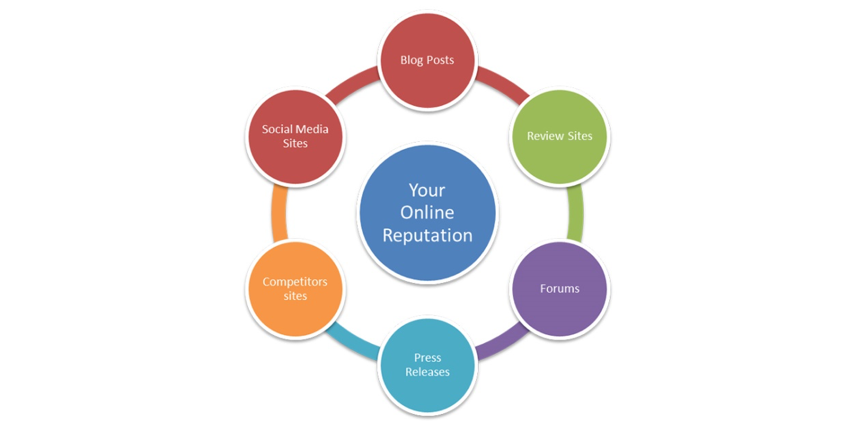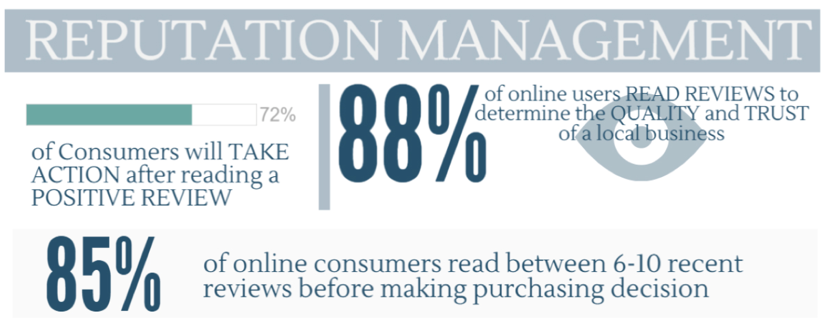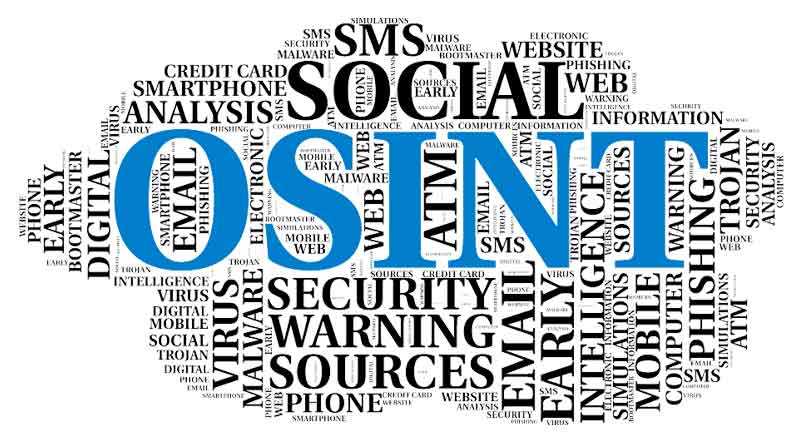More and more schools are now hiring online security companies to scan social media for threats…take Orange County Schools for example. They just hired a social media investigation company who will monitor public social media content, flag possible threats and notify school officials of threats against school students, staff, and events, according to an OCS press release. The service, which will cost the school district about $10,000 a year, will look for keywords in social media that may post a threat to students, staff, or the local community.
Orange County Schools’ Superintendent Todd Wirt said students, parents, and staff are acutely aware of the need for implementing as much safety and security as possible in the school community. “When we find ways to secure our schools – whether it’s building safety measures into our schools or responding to online threats – we want our families to know that the safety of our students and staff is the top priority,” Wirt said.
The OCS statement said an administrator would conduct social media screening, review any red flags in context to determine the “type and severity” of any potential threats, and start working with law enforcement. OCS officials did not say what constitutes a threat, how data will be stored, or what role law enforcement will play.
With the 2017-18 school year going on record as the deadliest school year in decades, school leaders are trying to figure out how to prevent more school tragedies. The need to protect the lives of students and teachers has caused school districts to examine a number of solutions, including the increased monitoring of online threats, social media background checks, and consulting with social media intelligence experts.
These programs look for keywords that indicate threats of violence to others or self-harm. Those in favor of the program say that such measures reduce threats and prevent potential suicides, however, critics of social media screening point to possible violation of privacy concerns, potential human rights violations, and the possible misuse of such monitoring by schools to target students of color.
But in the war against potential threats, monitoring of keywords in public posts may be a way schools can be proactive. As Stephen Halkiotis, the chairman of the Orange County Board of Education said in response to criticism that the service is an invasion of privacy, “I think you give up your privacy when you decide to put your heart’s feelings, whether they’re positive or negative, on the Internet.”
The Cons:
Social media can contribute to psychological trauma and other challenges. Potential risks include the following.
• Cyberbullying or other online conflicts
• Quick and widespread communication of crisis-related rumors, false information, or
embarrassing and inappropriate information
• Potential for triggering crises, increasing perceptions of threat and fear, or creating crisis
contagion
• Affects privacy
• Potential for overuse or as a consistent substitute for face-to-face socializing
• Time consuming for educators, parents, and other caregivers to learn and monitor
The Benefits:
While social media screening can bring about challenges that are concerning, social media is a reality that is here to stay. Educators are encouraged to understand how social media can help prevent and respond to crisis risks by addressing the following:
• CRISIS PREVENTION
• Helping to create an extended sense of community or culture
• Encouraging positive behavior, responsibility, and healthy relationships in schools, homes,
and in the community.
• Conducting online surveillance (e.g., monitoring crisis warning signs or threats; for example,
Facebook has partnered with the National Suicide Prevention Lifeline to create a suicide
reporting mechanism).
• CRISIS INTERVENTION
• Quickly communicating accurate information following a crisis.
• Rapidly dispelling rumors or other false information.
• Evaluating individuals who may be affected by a crisis situation
• Quickly disseminating information about how others can access mental health resources
following a crisis.
• Quickly coordinating crisis response efforts.
• Create and/or understand social media policies. Schools and community organizations are
encouraged to create and communicate social media policies. Parents, caregivers, and others in
the community can familiarize themselves with such policies.
• Prioritize ongoing social media training, both formal and informal. Research related to how
social media and crises interact is limited. Social media platforms and applications also
evolve quickly. Stay informed about current social media being used by youth and adults in
your community. Youth in the community can take on the role of cultural brokers by informing
educators, parents, and other adults about what and how social media are being used.
About Us:
We have been mining social media since 2007 for our clients. By utilizing best in class software programs, we offer a service called eChatter.
eChatter works with you to obtain your objectives in a fast, accurate and reliable facet. By keeping our strengthened principals, yet evolving with this industry, we lead in social media monitoring. Since 2007, we have been dedicated to providing our customers with the most authentic data.
We offer:
• Deep Web Scans
• Jury Vetting
• Jury Monitoring
• Quick Scan
www.e-chatter.net
(866) 703-8238









